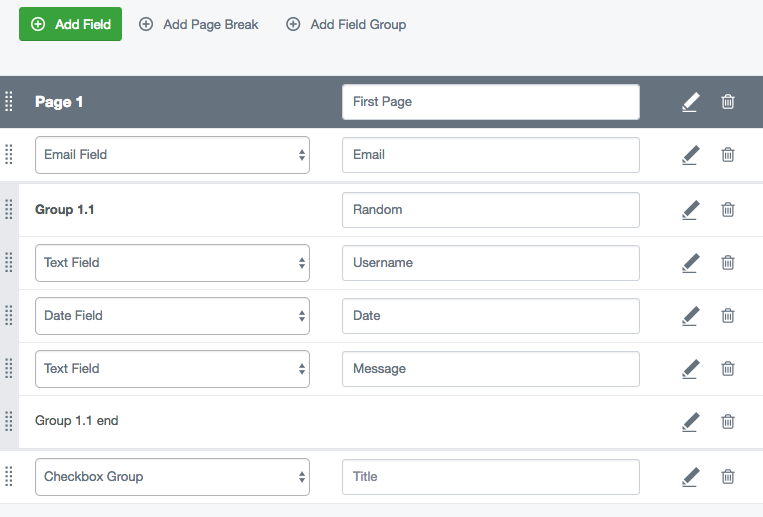I've just had a quick read through this - here's some thoughts:
Group blocks and blocks extend the same base class (BaseElement), but have (at a fundamental level) very different purposes.
As you say, now is the time to change this. We could always add an ElementInterface and change the ElementList (in dnadesign/silverstripe-elemental-list) so it doesn't extend from BaseElement.
In terms of the options listed above I think I prefer option 2. It would give a more flexible option in the long run, and the UI complexity of "a row only has one block" could be minimised with some display logic in the CMS.
I think that the use cases listed are all entirely valid, and that this feature would be a beneficial feature to have in the core module, but I'm not sure whether it should ship like this by default. My inclination is to say that it should, but I know that there will be some smaller sites that won't want it.
For example, a previous project I've worked on used elemental for its data structure, without using any of the presentation elements. In that project it would actually be an annoyance to have presentation logic and architecture changes bundled in because it doesn't care about them - having said that, I know it's not a standard use case.
This kind of thing is likely to be easier to opt into than to opt out of. This is the main reason I'd be unsure about making it a default feature.
Would we be able to leverage the creative commoners work on inline editing in the gridfield?
If time permits, sure!
I had wondered when I saw these ideas initially whether we could take a leaf out of the userforms book, where you have groups that can be dynamically added and the UI is in charge of their placement and function. They basically act like book ends that you can drag and drop into place via some JS.
This kind of approach would not add a level of hierarchy, as the "book ends" would just be elements themselves, or just form fields like UserFormsGroupField extending from CompositeField.



Overview
The base elemental module defines blocks as a flat list (
Page has_one ElementalArea has_many Elements). Elements can be grouped through the optional dnadesign/silverstripe-elemental-list module (ElementList has_one ElementalArea has_many Elements). AnElementListextendsBaseElement, so inherits all the attributes of an element.Mixing presentation and structuring concerns has the potential to complicate blocks in a (hopefully) growing ecosystem of blocks, some of which might not be apparent yet (a/b testing, targeting, etc) - so we figured it's a good time to have an explicit discussion on the merits of the domain model. We should figure out if this structuring concern is part of the baseline blocks model (part of
dnadesign/silverstripe-elemental), or can be treated as an addition on top of a simpler baseline. Given that we're releasing a stable version of Elemental alongside CWP 2.0 in mid February 2018, this is our last chance to make any changes to the underlying domain model for this major release (and the next 1-2 years of CWP usage).Note: The below was extracted from a (project-specific) research exercise.
Use cases
Solutions
Option 1: Combine layout logic with block Objects
Pros
Cons
Option 2: Separate block and layout logic
Pros
Cons
Existing implementations
HTMLTextReferences